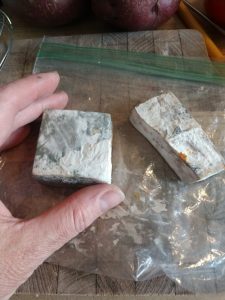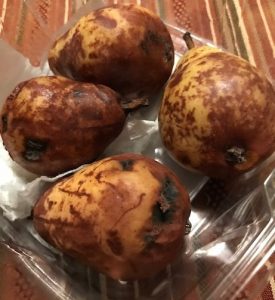
If you were expecting a lurid foodie tale about eager veggies, twisting around each other in the privacy of soil, only to be exposed by a hungry, voyeuristic gardener, that’s an entirely different blog!
If you have forgotten freezer food, you are in the right place!
Many well-meaning freezer users have put good food away for later, but then forgot it there and it froze to death.
This unfortunate habit is just like throwing edible food into the garbage, simply because the outcome is the same… and composting it is only one step better than garbage. 
When you include the cost of running an overfull freezer, plus any gas spent driving it home, the cost of disposal (if you don’t compost it), all the many resources that went into growing it and so on, that forgotten freezer food could become your “kitchen confession”! Wasted food happens to all of us… even our staff!
The easy solution is a Freezer Inventory, one of our many Smart Strategies! It’s a simple 8.5″ x 11″ form you can download, print out and hang on the front of your fridge or freezer, and change as you go (also en Español). We recommend using a pencil for easier updating. Here’s how to use it!
Here’s how to use it! 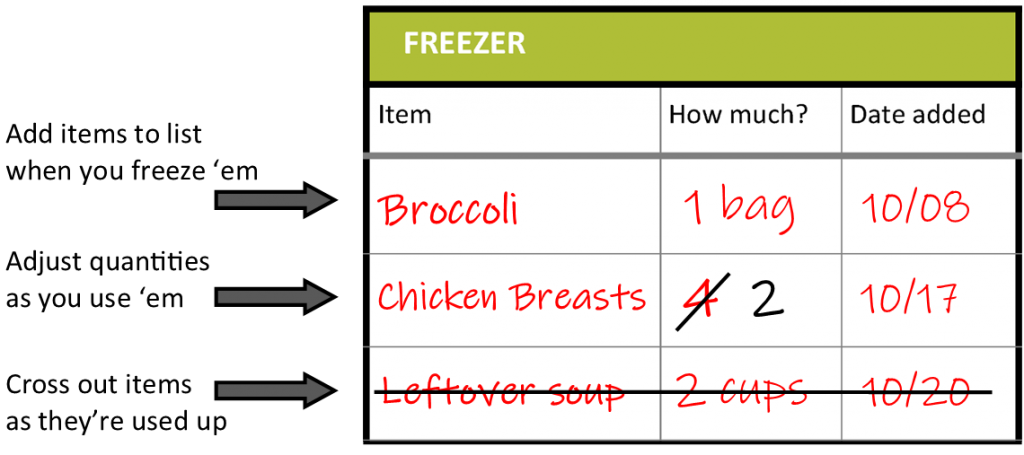
ADDITIONAL TIPS: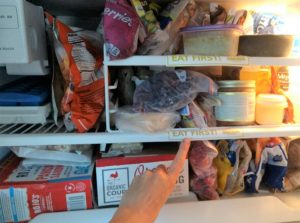
- Another Smart Strategy is our Eat First! signs (also en Español), to use anywhere in your kitchen to help ID which items need to be used up the soonest. Simply print and trim, and apply to any food or shelf containing those items!

- Overfull freezers function less efficiently! CONFESSION: Recently, my own freezer was too stuffed and the little vent/fan at the back sounded awful! It was working too hard, and frost had built up… if I hadn’t noticed, my whole freezer motor might have failed. Yikes! A lesson to keep it clear and not too full.
- Items in the freezer door are subject to greater temperature variations, so be more mindful of what gets stored there.
- Food safety also depends on maintaining consistent fridge and freezer temperatures, so be sure to keep your fridge between 38°F and 42°F and your freezer between 0°F and 5°F to be safe.
- The US FDA recommends specific storage lengths for specific foods, for maintaining quality. One of our favorite resources for safe food storage is StillTasty.com.
- Remember: most frozen food is safe indefinitely, but be sure to double-wrap food and eat it before it’s freezer burned.
I CONFESS: We were still “freezing and forgetting” stuff at home when we started No Food Left Behind – Corvallis. I hadn’t yet implemented this Smart Strategy! Since we did, we’ve had no more freezer-burned food, items are rotated out more often, and everything is getting used. The Freezer Inventory really works and our family is saving money in the process!
Not only that, but our meals have also become more varied as we’ve forced ourselves to get creative with ingredients we might not normally put together. I often consult BigOven.com’s leftovers page, which enables users to type in two or three ingredients and receive existing recipes that use those very items. Just click on “BigOven, what can I make?” – highly recommended! BigOven also offers an app – click here for NFLB’s favorite apps!
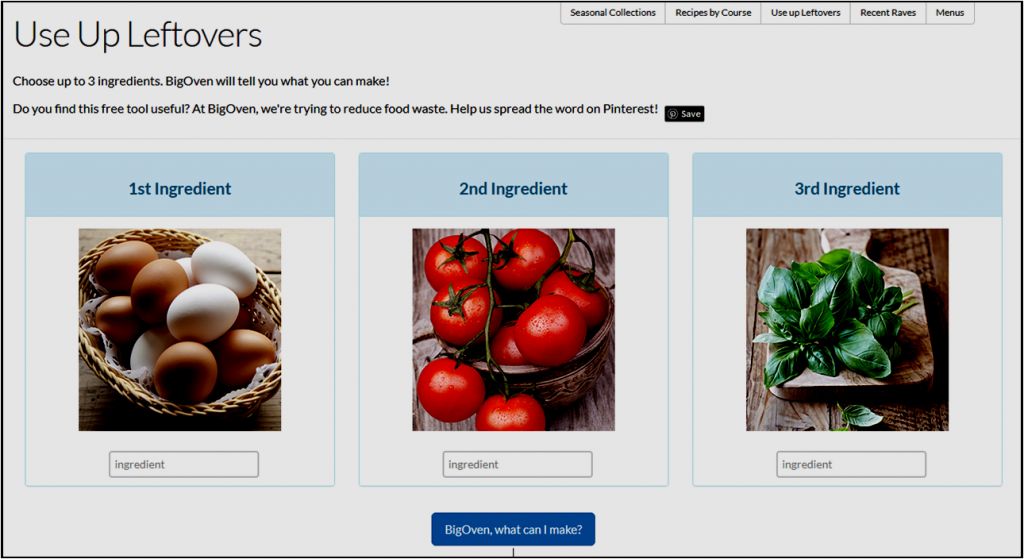 Thank you in advance for recommending our Freezer Inventory to any friends with forgotten freezer foods… and if you need one too, that’s okay! This is Kitchen Confessions, and your story is safe with us. 😉 We invite you to share your stories in the comments! Confessions? Or maybe you started using the inventory and want to celebrate? Let us know.
Thank you in advance for recommending our Freezer Inventory to any friends with forgotten freezer foods… and if you need one too, that’s okay! This is Kitchen Confessions, and your story is safe with us. 😉 We invite you to share your stories in the comments! Confessions? Or maybe you started using the inventory and want to celebrate? Let us know.
As for those lurid carrots, we’ll have to get to the ROOT of that some other day…


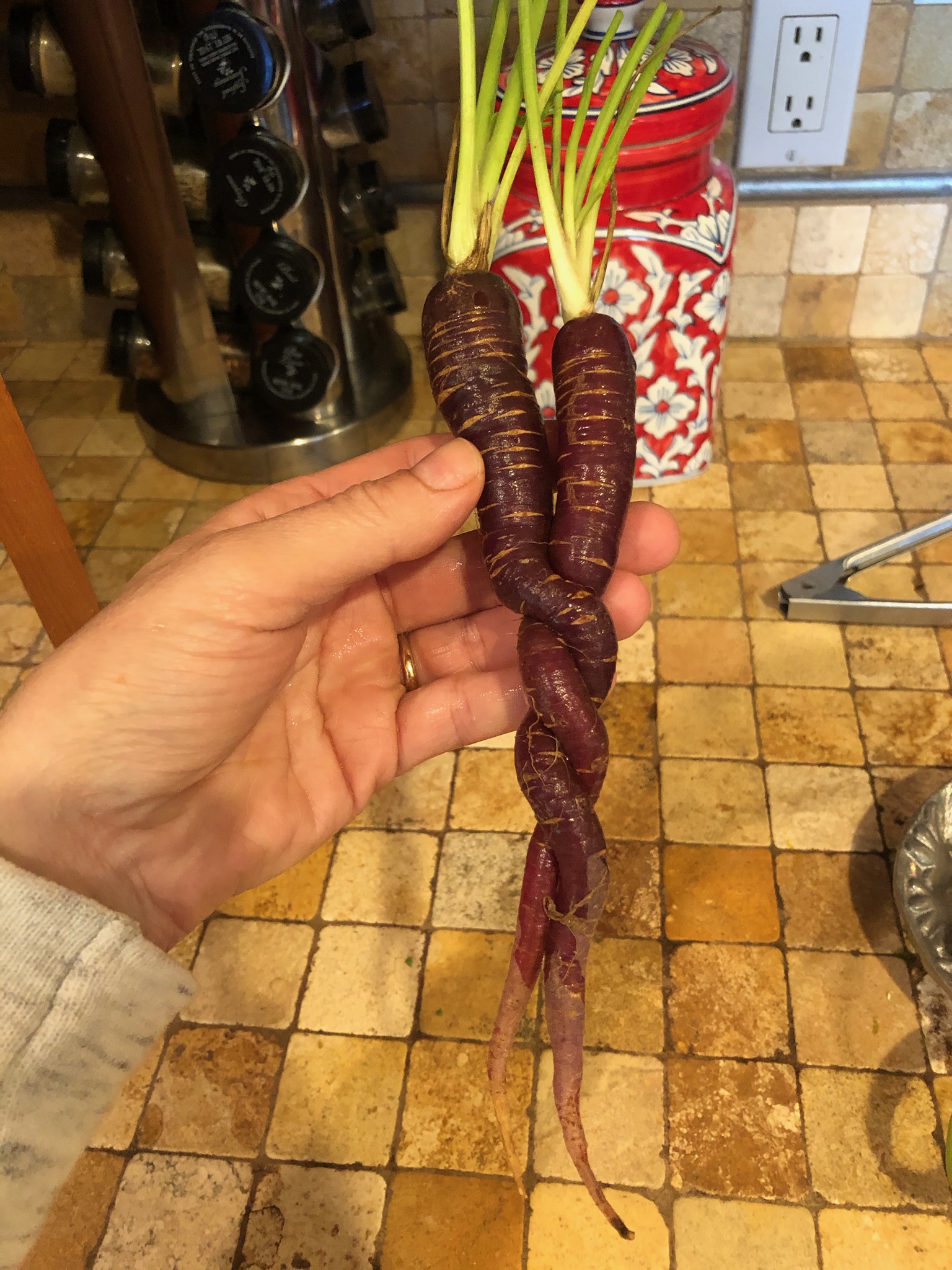

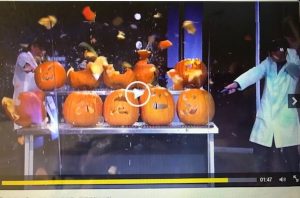 The season of the jack-o-lantern brings to mind one of my (and my kiddo’s) favorite bits of macabre Halloween hilarity —
The season of the jack-o-lantern brings to mind one of my (and my kiddo’s) favorite bits of macabre Halloween hilarity — 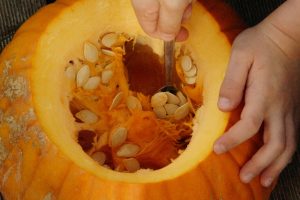 As usual, we turn to the OSU Master Food Preserver program for the
As usual, we turn to the OSU Master Food Preserver program for the 
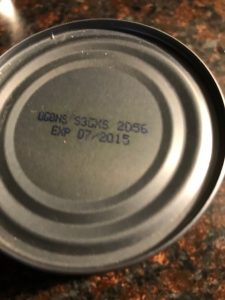
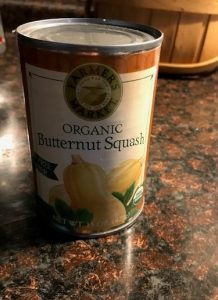
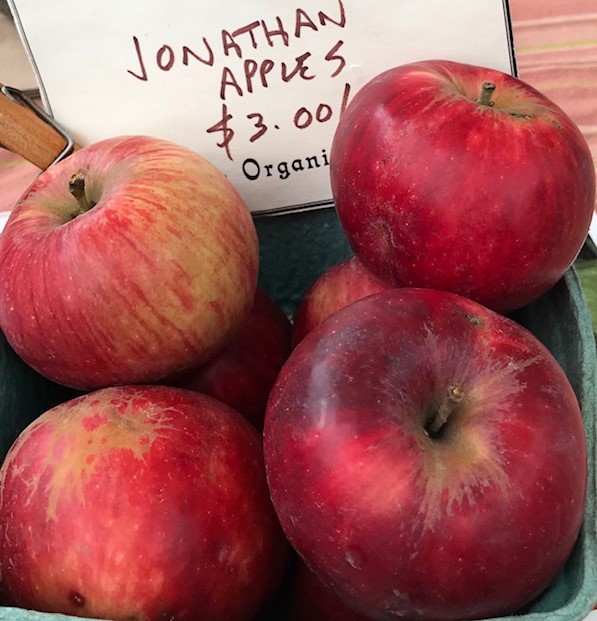
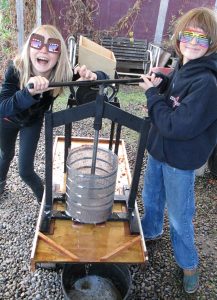
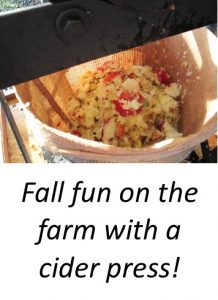
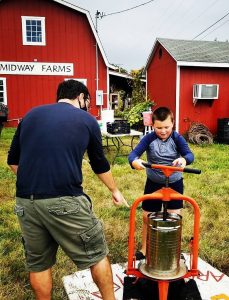
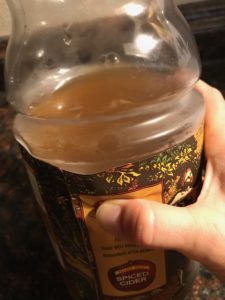


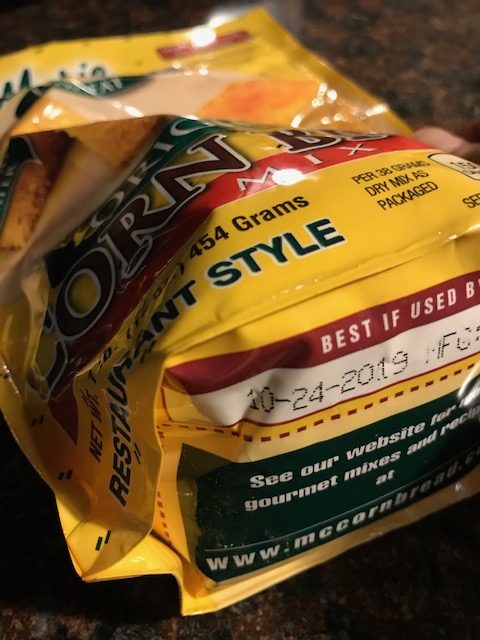
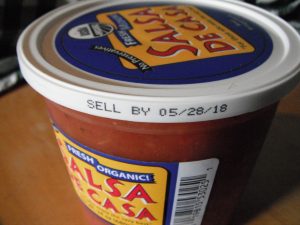
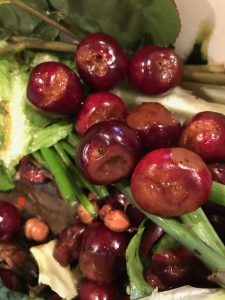

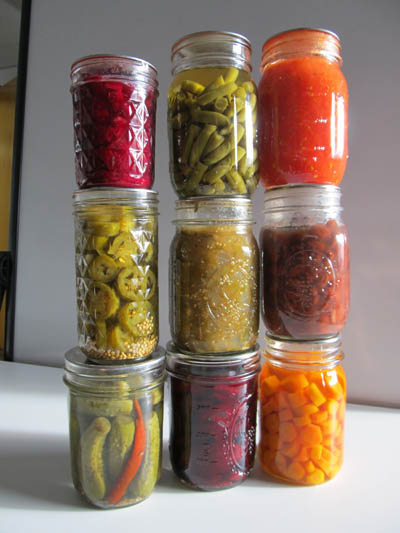
 Greetings, Conscientious Food Consumers!
Greetings, Conscientious Food Consumers!